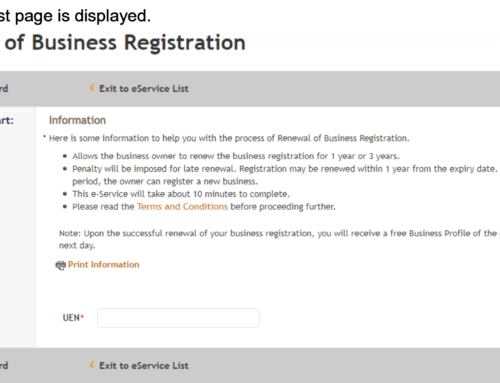Most people use the terms bookkeeping and accountancy interchangeably. Even though both terminologies are important for businesses, there is a vast difference between the two. Bookkeeping is part of accounting and records all the daily cash and credit transactions in a systematic order. It includes all the sales, purchases, receipts and payments of a business enterprise. From these bookkeeping records, Trial Balance statements are created monthly or as and when needed.
Accountancy includes bookkeeping responsibilities. Data from the bookkeeping ledgers are interpreted and analysed to create different financial reports like income statement, balance sheet and statement of cash flows. Businesses rely on these reports to judge the state of their finances. And these reports also help businesses procure bank loans, generate capital via investments and help in tax liabilities.
Types of Bookkeeping Accounts
Journal Account Book
All financial transactions of the business are recorded first in this book before posting to the individual ledger books.
For example: If you get $400 against a cash sale, you create a journal entry by posting $400 in the credit column with a note (Cash received). Simultaneously you also need to post $400 in the debit column with a note (Cash Sales).
Or
If you get $400 against a credit sale, then in the journal book you post $400 in the credit column with a note (Name of the Buyer). And you also need to post $400 in the debit column with a note (Accounts Receivable).
Cash Book
All sales and purchases done by cash are recorded in this ledger book.
For example: If you sell shoes for $500, and the buyer pays you in cash or by credit card, then you add $500 in the credit column. Now if you put this same $500 in the bank, you add a record of $500 in the debit column with a notation (Bank A/C).
Accounts Receivable
You record all sales transactions owed to the business on credit.
For example: If you sell an office chair for $1000, and the buyer pays you by post-dated cheque, you add the $1000 in the debit column.
Accounts Payable
All business liabilities are recorded here. Such as payroll, purchase orders, invoices, statements and so on.
For example: If you buy an office chair for $2000, you post the entry as credit.
Loans Payable
Shows all the monetary transactional postings between the bank or lender against the business.
For example: If you take a loan of $5000 from the bank, you need to post a credit entry for the loan amount. Then when you repay $1000 next month to the bank, you deduct the $1000 from the $5000 total loan amount plus any interest accrued and record a debit entry.
Sales
This book records all saleable transactions to see the revenue generated per day, month and year.
For example: If you sell a T-shirt for $10, you record this in the sales book as a debit entry.
Purchases
This book tracks all goods bought including raw materials and finished products.
For example: If you buy cotton for $30,000, you record this transaction in the purchase book as a credit entry.
Inventory
Tracks all the stock you currently have in-store or in the warehouse. This is very important for retail businesses as a stocking error can lead to missed sales.
Retained Earnings
Small business owners often reinvest the earnings into the business itself. This ledger book gives all the details of how much was reinvested in a given timeframe.
Types of Accounting Reports
Balance Sheet
This is the most important financial statement as it covers assets, liabilities and share capital of investors, and retained earnings within a given timeframe. This allows businesses to see all the financial dependencies and the current financial status including any investments and cash on hand.
To generate an accurate snapshot of the company finances you need to use the equation:
Assets = Liabilities + Equity.
Income Statement
Also known as P&L, the statement shows all the transactions such as revenues, gross and net profit, administrative expenses, sales, tax liabilities of the business within a given period.
Statement of Cash Flows
A consolidated statement that shows how income is affected by different financial transactions within a given period such as investments from shareholders, injection of money from bank loans and cash sales against the outflow of cash via dividends, purchases and other business expenses.












Leave A Comment